The ability of the Eurasian beaver to create new habitats for a host of wildlife species, and to deliver a range of benefits for people, is amazing. Once on the verge of extinction, the beaver’s expansion across Europe over the last 60 years is a cause for celebration. But what exactly are the animal’s positive impacts?
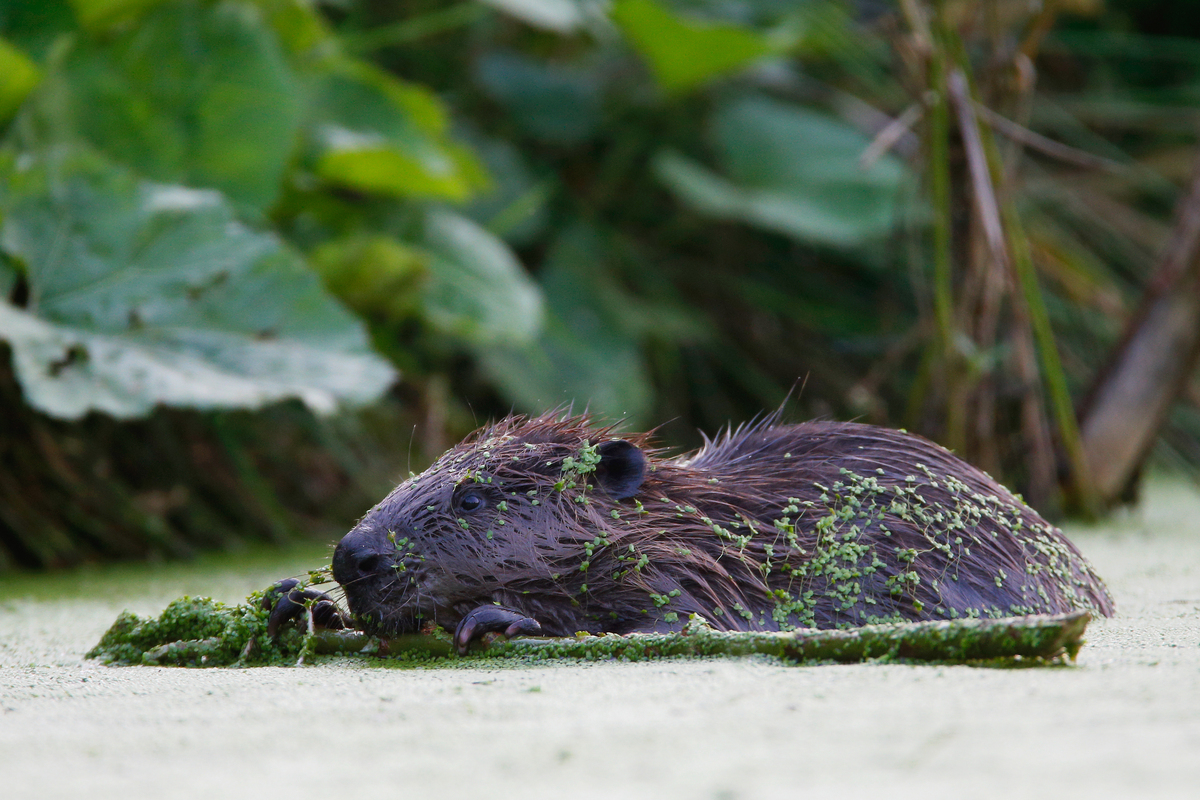
Beaver’s return
Two of the most remarkable statistics to emerge from the recent 2022 Wildlife Comeback Report commissioned by Rewilding Europe illustrate just how far the beaver has come in a relatively short space of time – mainly due to legal protection, a dramatic reduction in hunting pressure, and reintroductions and translocations. The abundance of these aquatic engineers increased by an incredible 16,000% between 1960 and 2016, with the current European population (excluding Russia) totalling well over 1.2 million!
In addition, their range across the European continent expanded by around 835% between 1955 and 2020. In short, beavers are currently booming, which is great news for biodiversity and the wide range of other species that benefit from the animal’s impact on the landscape.
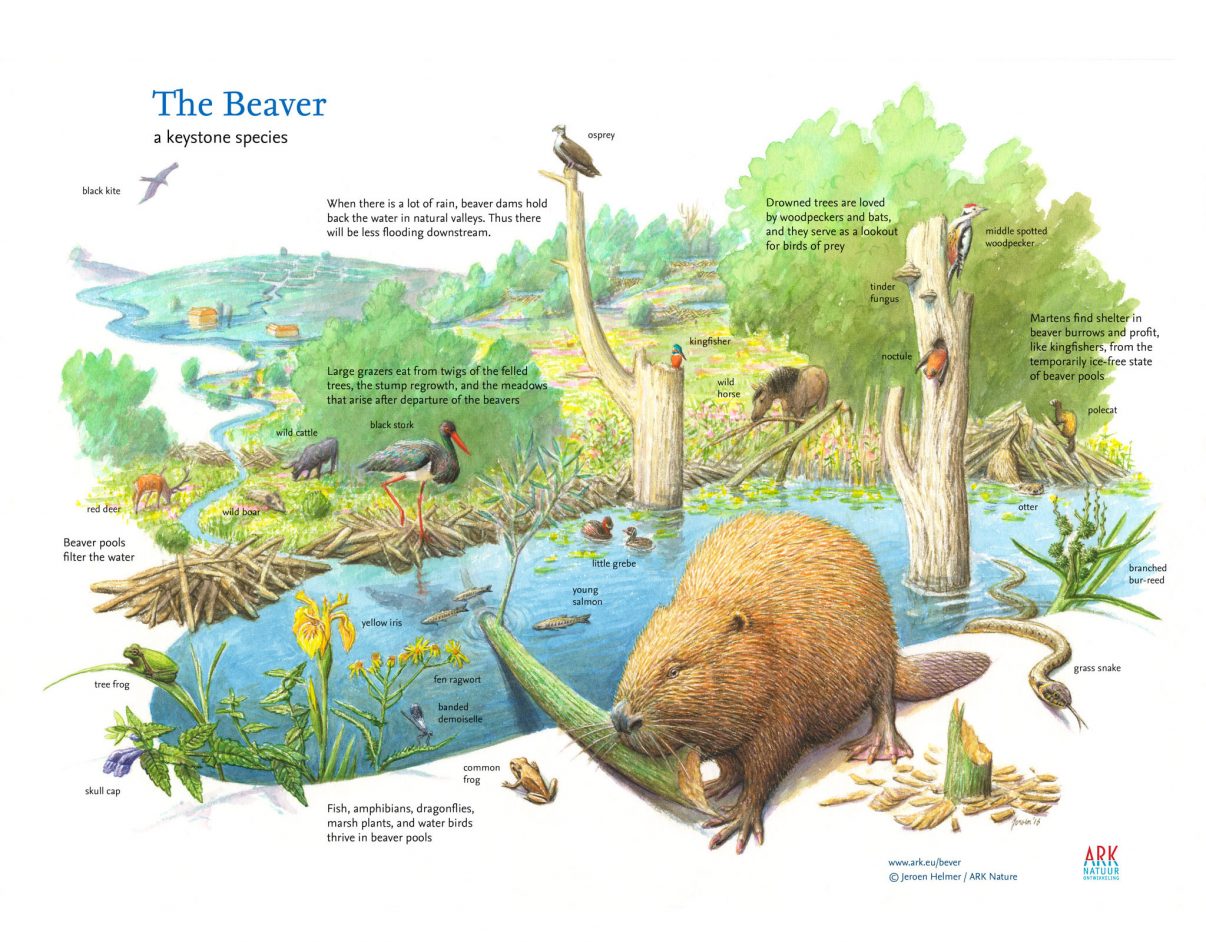
Biodiversity booster
The pools and slow-moving channels of water that beavers create around their lodges through dam building attract a plethora of insect life, fish, and amphibians. This, in turn, brings in birds, bats, and other small mammals. As they fell trees over water, beavers help to create vital deadwood habitat, as well as to open up areas of woodland, which stimulates a greater diversity of plant growth in sunny glades and waterlogged meadows.
Riverside trees such as willows have evolved with beavers and generally don’t die when a beaver gnaws its way through the trunk. Instead, this stimulates the regrowth of new stems, which generates a greater structural complexity that benefits many species. Reptiles have been known to seek shelter in lodges, while otters and martens use disused burrows. Large dams can even act as corridors in the landscape, functioning as energy-saving crossing points for creatures up and down the food chain.
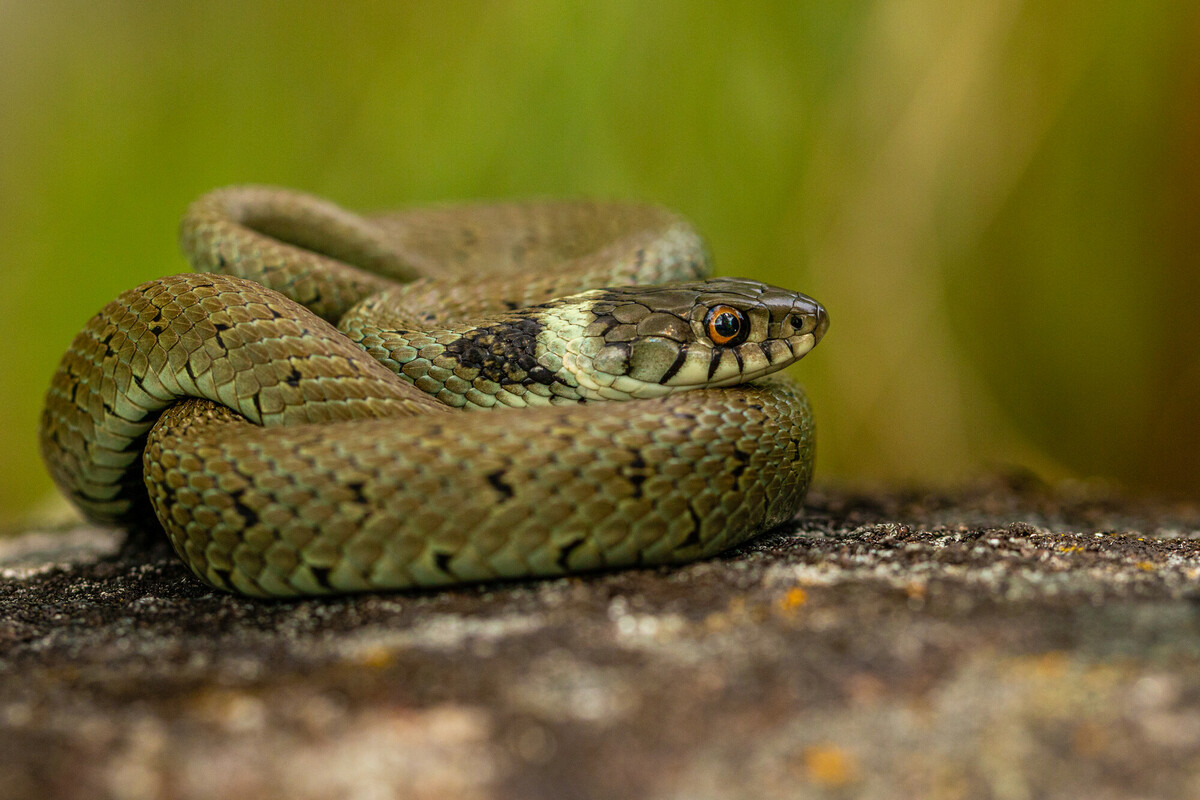
RICARDO FERREIRA
Flood defender
Beaver dams, the web of waterways that spread out around them, and all the sticks and branches that go into creating them, can hold back vast amounts of water. This helps to slow the overall speed of the flow downstream and recharge underground water tables. This can reduce the impacts of flooding on farmland and in urban areas. Dams act like sponges, slowly releasing water through their permeable structure, which means lots of small pools and braided streams can form in upland areas.
This redistribution of water disrupts and lessens the peak flow rate of the river as it moves toward lowland areas. Enabling rivers to gradually release their water benefits surrounding land too, as it prevents precious topsoil from being washed away during periods of heavy rainfall.
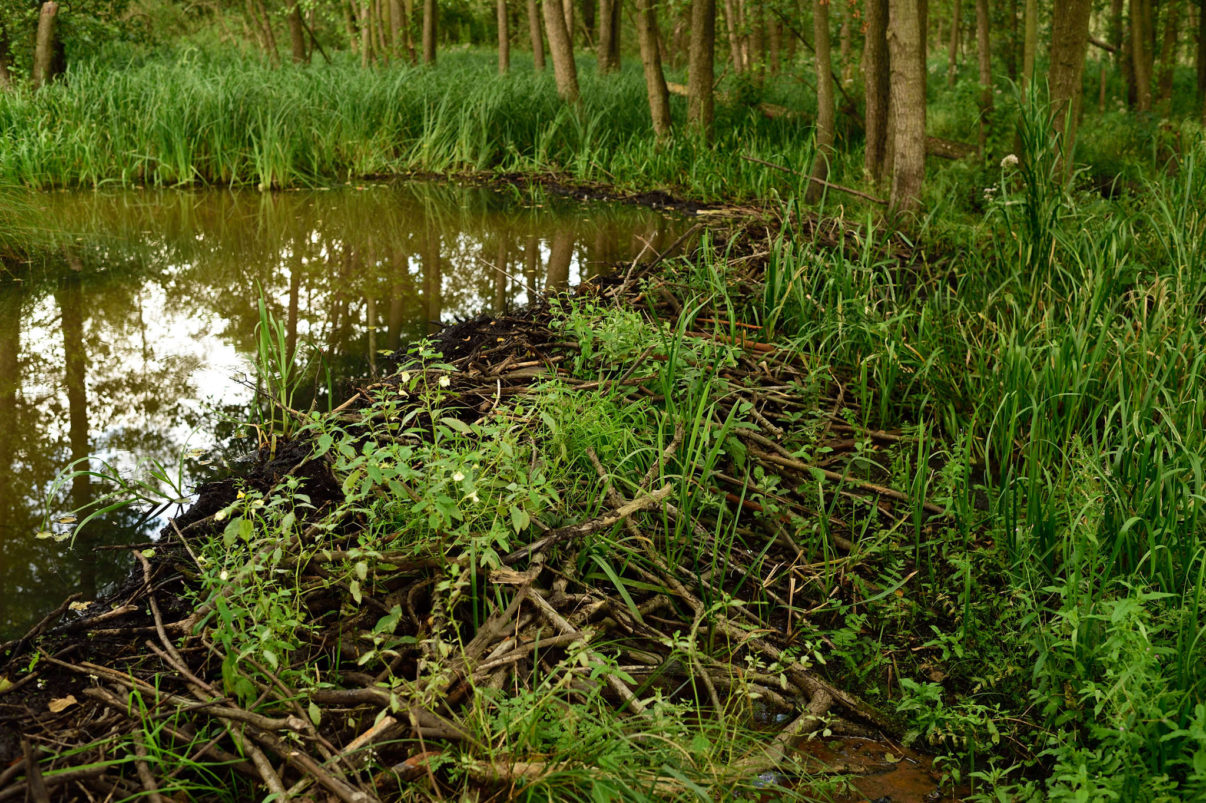
SOLVIN ZANKL/REWILDING EUROPE
Firefighter
The watery environments of the beaver can also provide life-saving fire-proof sanctuaries for myriad plants, animals – and even people. With wildfires increasing in frequency and intensity as a result of climate change, the value of beaver country cannot be underestimated. As a wise man once said: “water doesn’t burn!”
When the beaver’s masterful engineering skills are given free rein on a large enough scale the habitat they create can even become a natural barrier that stops fire from spreading further. At the very least, the lush, green vegetation found in and around beaver habitats will dampen the progress of a fire – as opposed to the often dried-up, combustible plant life typically found in areas without beavers that can fuel wildfire. And the greenery is often a lifesaver for herbivores in the heat of summer and periods of drought.
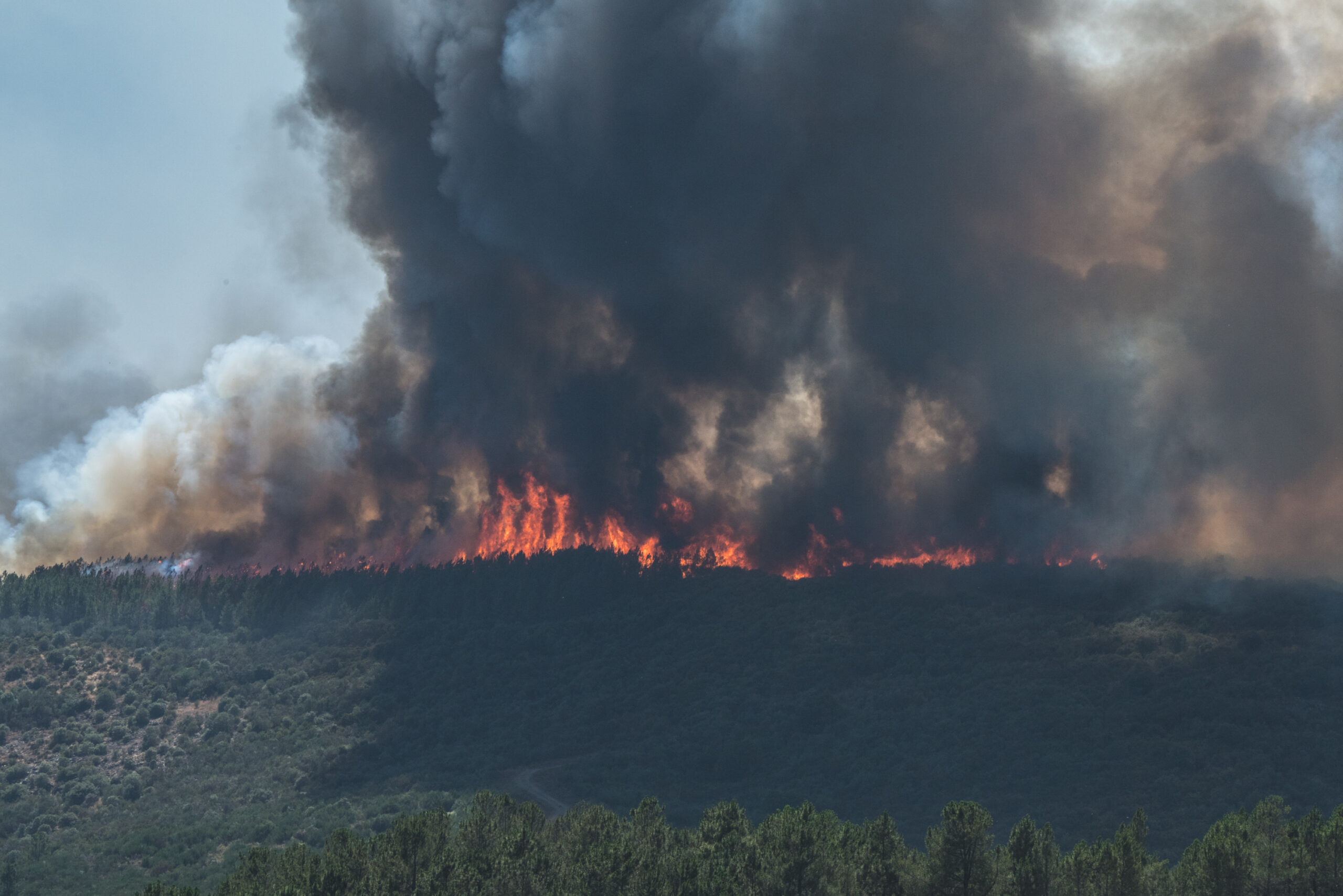
Water purifier
Beavers can also help us in the fight against pollution. Their dams can act as giant sieves that trap sediment containing nitrates and phosphates from agriculture, which can go on to develop harmful algal blooms. Such blooms in rivers can negatively impact wildlife, livestock and people as they can produce dangerous toxins.
They also consume all of the oxygen in the water and block out sunlight, which can be fatal to aquatic life. Nitrogen pollution in particular can be greatly reduced, as bacteria that thrive in beaver ponds can digest nitrates, with any excess confined to sediments. This is good news for people, as nitrogen and phosphorus need to be removed from water to make it safe for drinking.
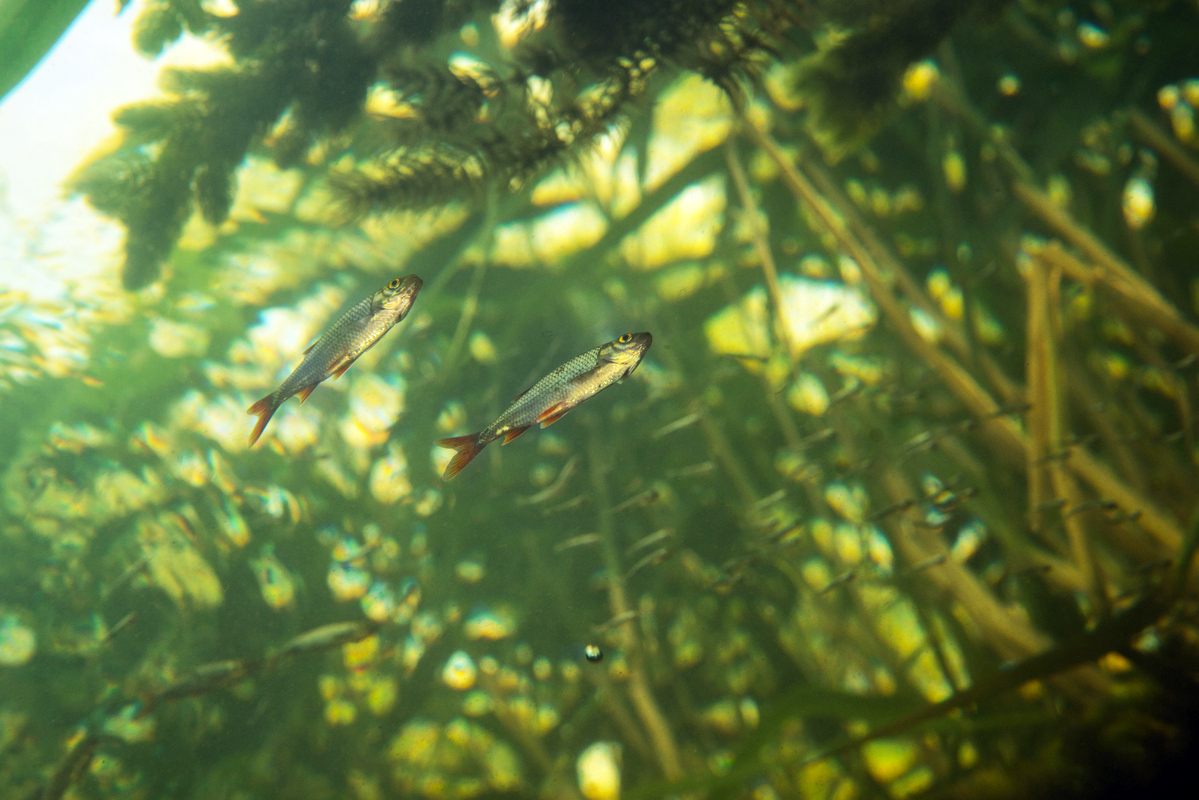
MAGNUS LUNDGREN / REWILDING EUROPE
Drought mitigator
All of the water that beaver wetlands hold back can come in very handy during periods of drought. The beaver’s need for deep ponds and canals means that when everything around it is drying up, beaver country doesn’t. That steady trickle of water downstream and into the surrounding soils can be vital during hot summer periods: a free water storage service that can be a lifeline for a multitude of species. Water temperatures in beaver ponds also remain cool in summer, while shallower rivers overheat – a potential killer for some fish species, such as salmon. Such ponds are also a vital water source in winter, as their depth means they are the last thing to freeze over.
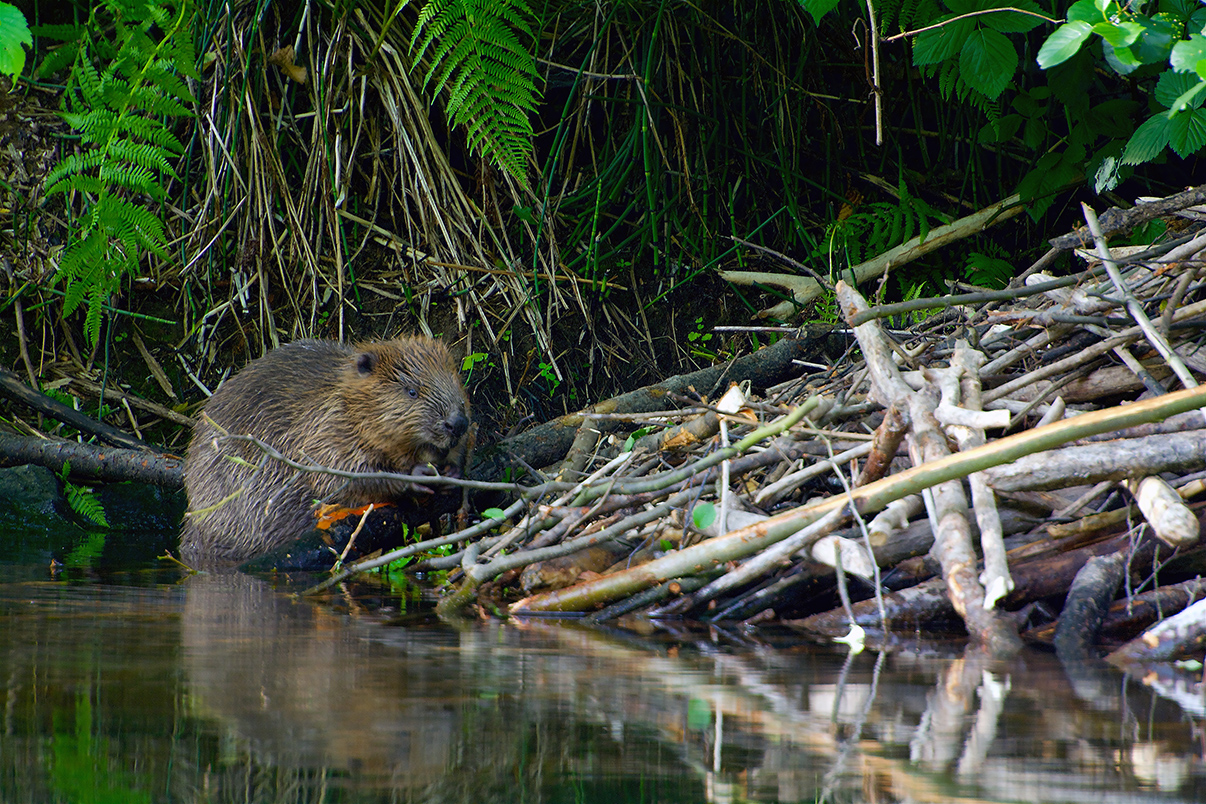
TOMMY SVENSSON/ISTOCKPHOTO
Supporting beaver comeback
Across Rewilding Europe’s landscapes – through wetland restoration and the creation of wildlife tourism initiatives – we are supporting the amazing work of beavers and their contributions to rewilding. The latest area to feel the wide-ranging benefits of beaver is the Ukrainian part of the Danube Delta, with sightings beginning in the Danube Biosphere Reserve in 2021. Beavers are already well established in Swedish Lapland and the Oder Delta, where they are an important source of prey for young wolves. A Polish study has also found that they benefit populations of wintering birds in temperate forests.
Beavers are also present in the Affric Highlands rewilding landscape, where a coalition of public and private landowners have just finalised a public consultation – facilitated by Trees for Life – on a proposed reintroduction to Glen Affric. No decision has yet been made, but suitable habitat was identified in a study conducted in June 2022. We also know that beavers are living close to our Southern Carpathians and Central Apennines landscapes, with their natural comeback here expected within the next decade.
With the right protection and habitat in place, beavers will hopefully continue to recolonise more of Europe, rewilding as they go with associated beaver benefits!
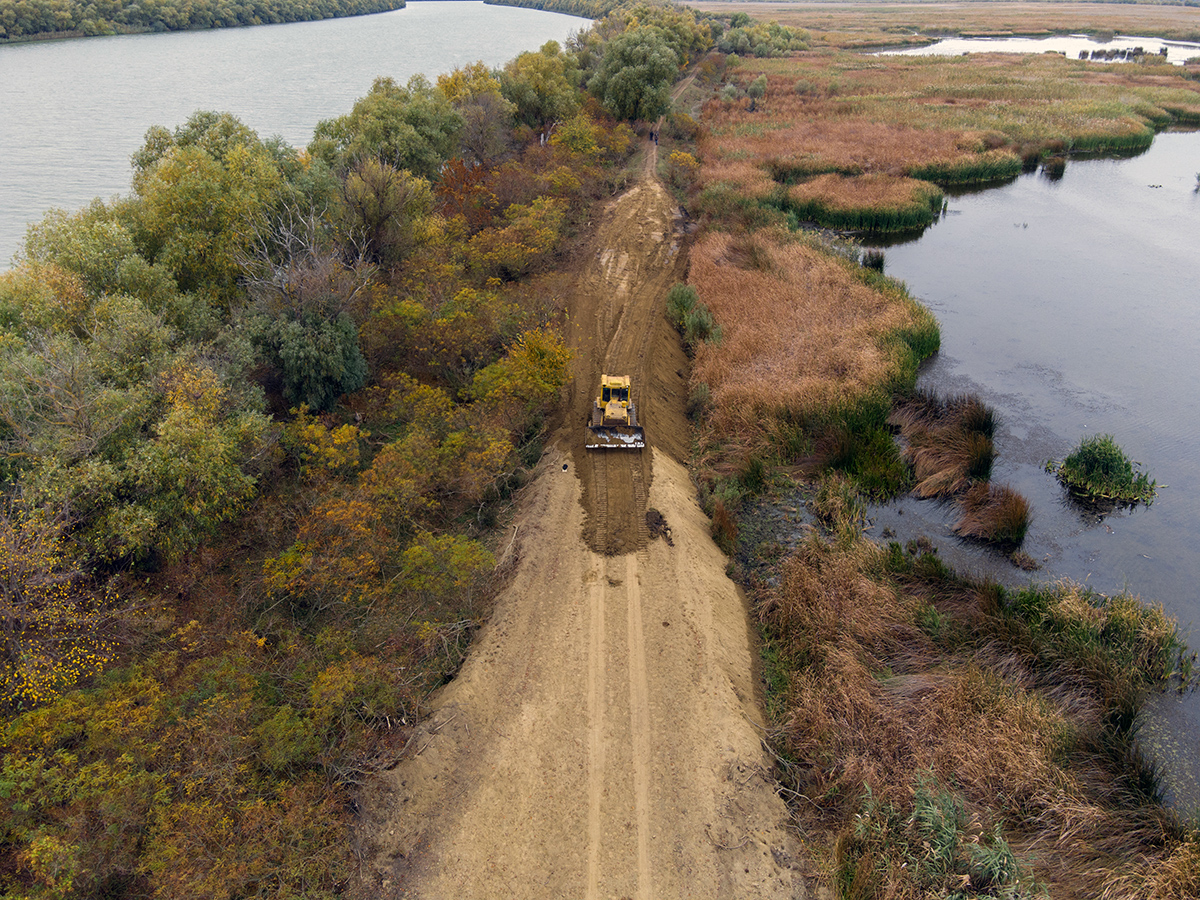
ANDREY NEKRASOV / REWILDING EUROPE
O castor de regresso a Portugal?
In the Iberian Peninsula, historical records indicate that the species was present at least until the end of the 16th century. In 2003, the beaver returned to Spain through an unauthorized reintroduction into the Ebro river basin. Since then the species, cataloged as a protected species in this country since 2011, has recolonized new areas of the Ebro, also reaching the Douro and Tagus basins. recently signs of beaver presence were seen in the Tormes river, about eight kilometers from the border with Portugal, and therefore very close to the Portuguese side of the International Douro Natural Park. Although there are still no data on the size of the population in this area and the pace of expansion, it is possible that the beaver will soon disperse across the northwest of the Douro basin from this new nucleus in Tormes and return to Portugal after its extinction in the Middle ages.
At Rewilding Portugal, we view this possibility with great optimism and a desire to help prepare the landscape and people for the return of this key species.
With the proper protection and habitat, we hope that beavers will continue to recolonize more of Europe, rewilding it with all the benefits they bring!
translated and adapted text from Rewilding Europe